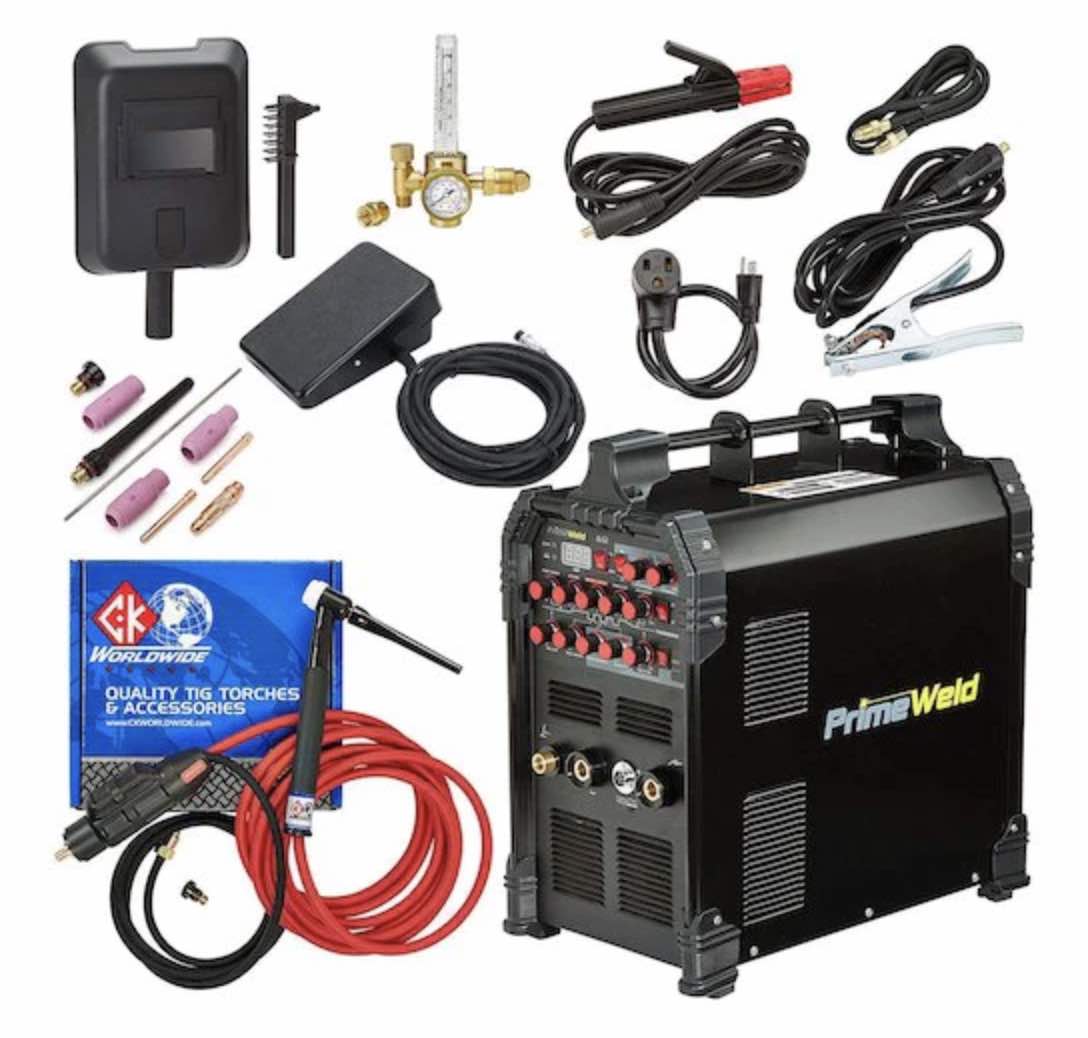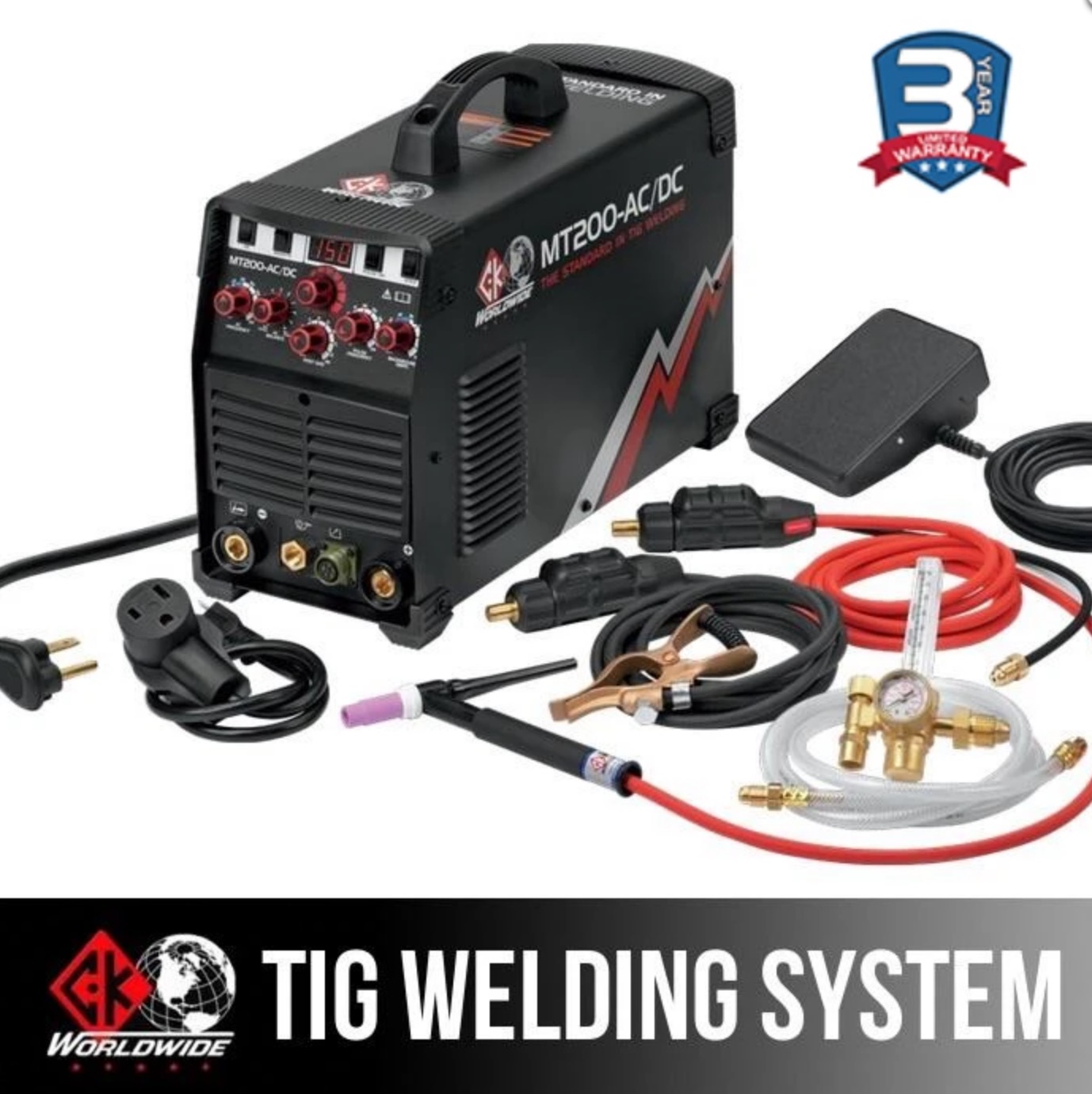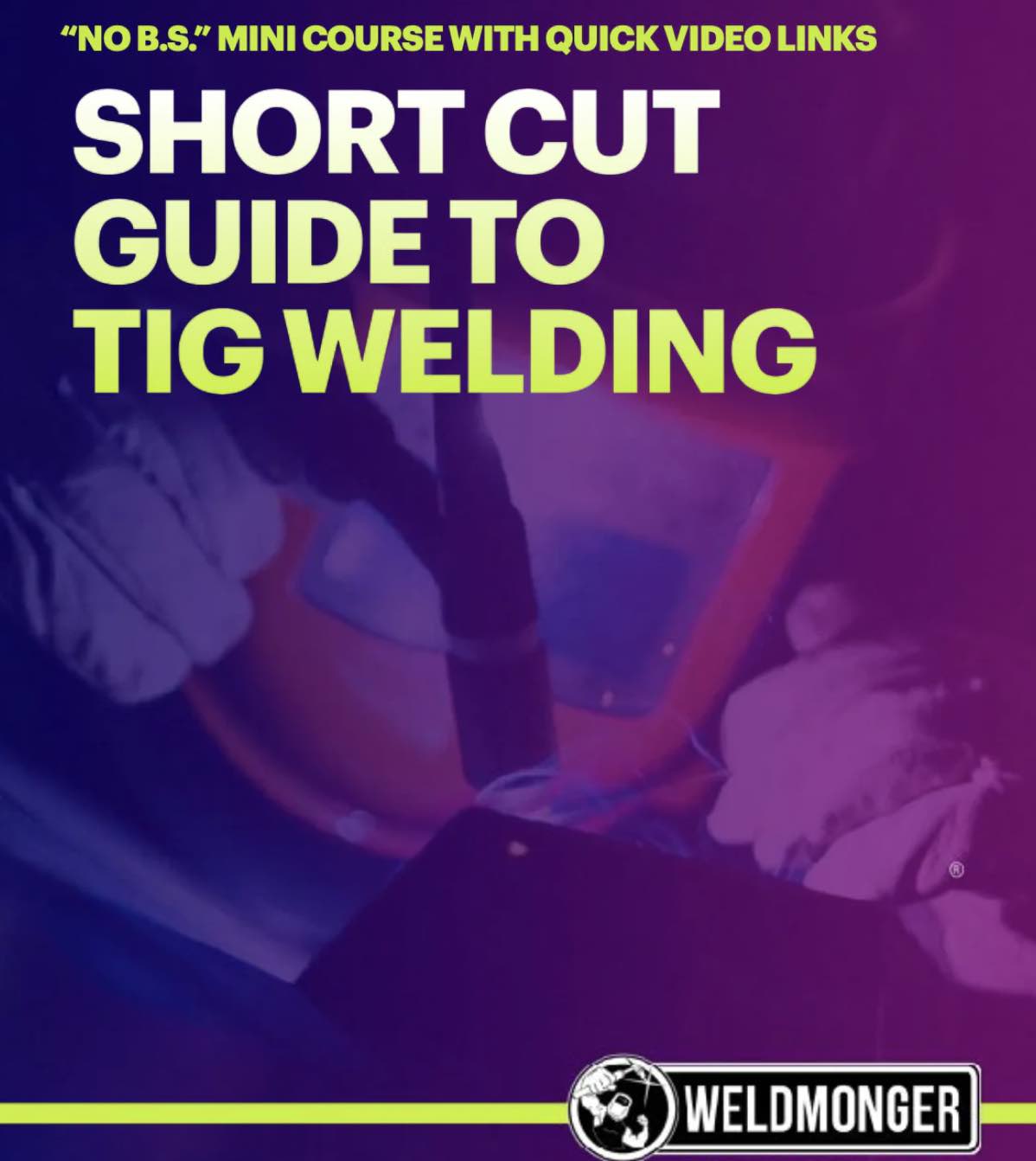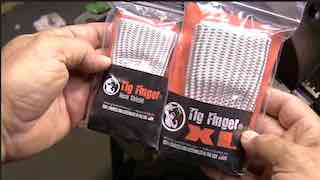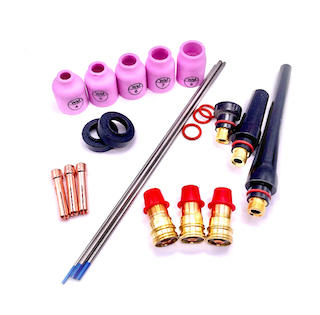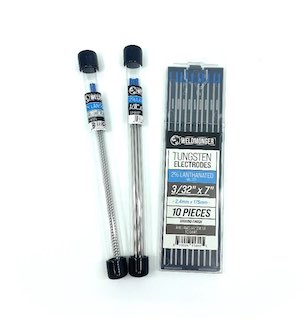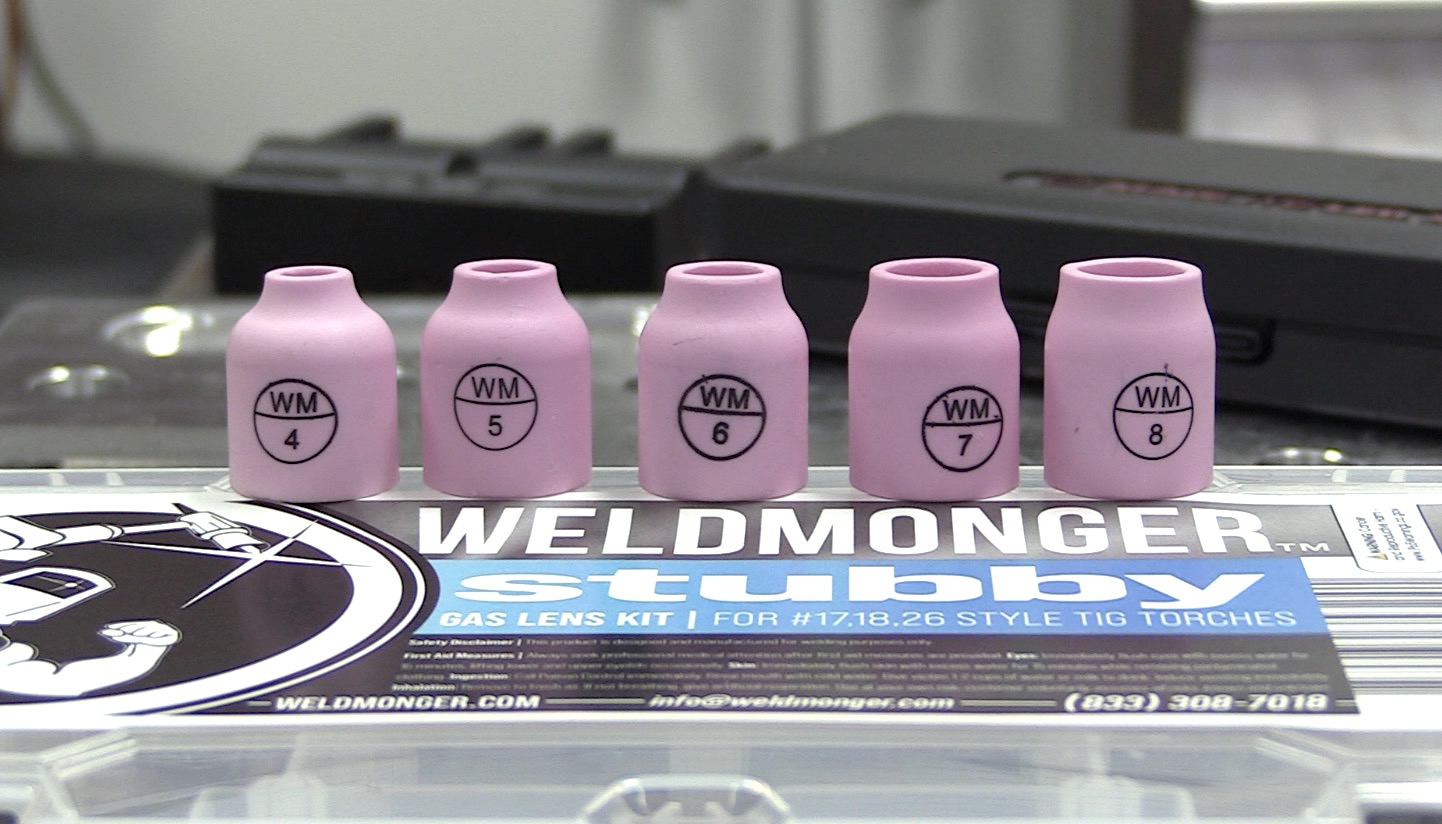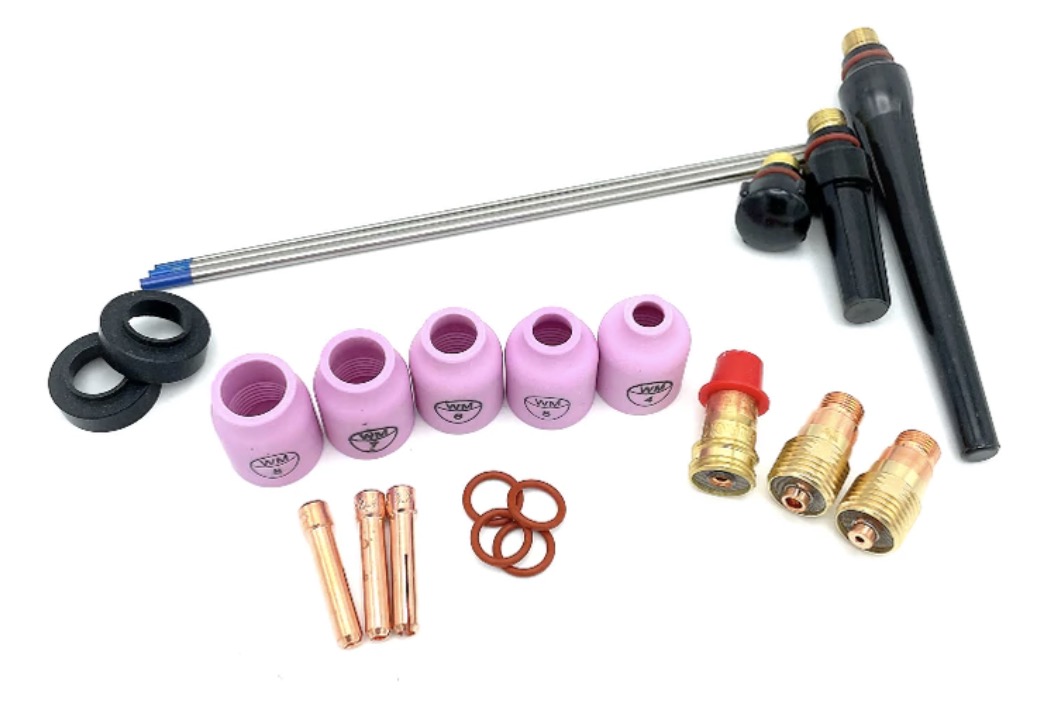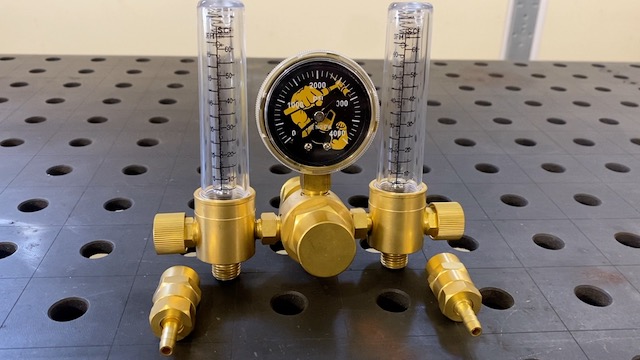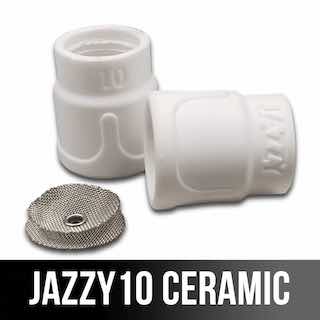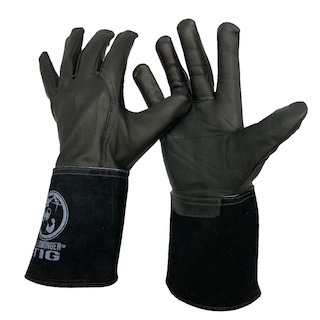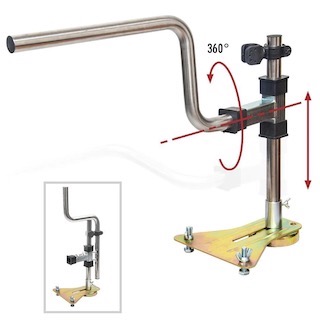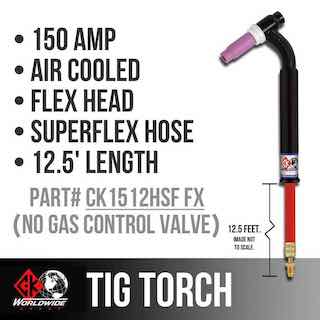How to TIG Weld Carbon Steel: A Complete Beginner’s Guide
Easy Simple Settings for Beginners
- HOME
- TIG WELDING
- How to Tig Weld Carbon Steel for Beginners
I have created a No BS TIG workbook for you to help you learn to TIG weld...and its free
Download your Free TIG workbook here
Download your Free TIG workbook here
Padding beads: Alternating beads on both carbon steel and aluminum will make you better
Carbon Steel is usually the first thing you weld when you are first learning to TIG weld. But aluminum will teach you more and help you learn better.
Alternating beads on carbon steel and aluminum is a great way to improve your tig welding skills.
Here is how it works:
- get a piece of carbon steel approx 1/8" - 1/4" thick as well as a piece of 1/8" thick aluminum.
- Pad only 2-3 beads on the carbon steel piece
- Then switch to the aluminum piece and weld 2-3 beads
- You will need 2 separate pieces of tungsten for this...one sharp and one tapered by slightly rounded on the tip.
- Alternate back and forth between the carbon steel and aluminum every 2 to 3 beads.
- What this does is it keeps you sharp and on your toes and keeps you focussed. It is a pattern break that prevents you from developing bad habits and it also forces you to think more about the puddle behavior.
- Try it and thank me later.
Best 5 minute Video on TIG welding Carbon steel
Here are 7 essential best practices for TIG welding carbon steel
— the things that make the biggest difference in arc stability, weld appearance, and penetration consistency:
1. Prep Like It Matters (Because It Does)
- Grind mill scale — TIG is not forgiving like MIG or stick.
- Use a flap disc or dedicated sanding wheel to expose bright metal...don't just polish over mill scale, remove it to bright metal.
- Wipe with acetone or alcohol to remove oils before striking an arc.
2. Use the Right Tungsten and Keep It Sharp
- 2% Lanthanated, LayZr from CK or E3 (Purple), or 2% ceriated tungsten all work extremely well on carbon steel.
- Grind to a long, tapered, centered point for a focused arc.
- Re-dress the tip immediately if it balls up or gets contaminated.
3. Control Heat Input
- “One amp per thousandth” is a good baseline — then fine-tune with the foot pedal. for example 11ga steel is .120" or 120 thousandths. so one amp per thousandths of thickness is 120 amps. This rule of thumb holds true up to around 160 amps.
4. Gas Coverage Must Be Dialed In
- Pure argon, 100%, 2-3 CFH per cup size. A #7 cup would require 14-21 cfh.
- Use a gas lens if you want cleaner, better arc characteristics and longer stick-out.
- Keep torch 10–15° angle — too steep and you risk the tip of the filler rod melting and blobbing into the puddle.
5. Add Filler Metal with Rhythm — Not Random Dabs
- Dabbing at random creates uneven reinforcement and inconsistent bead profile.
- Keep a steady feed and dip rhythm, letting the puddle absorb filler cleanly. Feed wire into the puddle, not the arc.
- Both ER70S-2 and ER70S-6 work well on carbon steel.
6. Torch Position and Line of Sight
- Keep a tight arc that is equal to or slightly less than the tungsten diameter used.
- extend electrode far enough to get a clear line of sight of the tip of the electrode.
- rule of thumb for maximum tungsten stickout is the inside diameter of the cup. furick cups like the ceramic jazzy 10 will allow for a longer stickout than this but only use a long stickout when needed.
7. Consistency Over Speed
- Carbon steel loves consistency. Same arc length, same travel speed, same filler timing.
- Practice small plates with straight-line beads until every ripple looks the same.
- Focus more on consistency of movement than speed — smooth welds come from repeated motion, not trying to finish fast.
- Speed will come later


